"There isn't much understanding of China's maritime past"
Movie: in our final exclusive interview with the winners at this year's World Architecture Festival in Singapore, architect Michael Rayner discusses the National Maritime Museum of China, which was crowned World Future Project of the Year 2013.
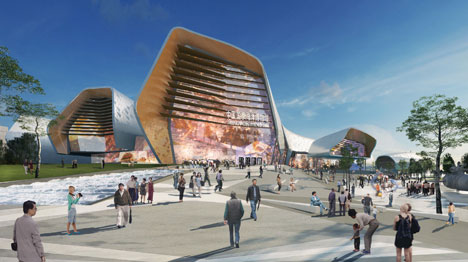
Set to be completed in 2015, the National Maritime Museum of China by Australian studio Cox Rayner Architects will be a 80,000 square metre museum located in Tianjin, China.
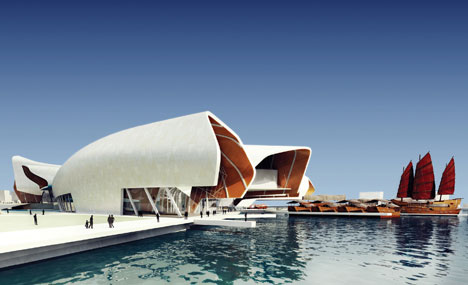
"China has been built on water," says Rayner. "Not only has it been very much related to the sea, but it was built on canals and that's how it evolved."
"There's a feeling that there isn't much understanding of China's maritime past. [The Chinese government] wanted the world and also their own people to understand more about how the country evolved from a water perspective."
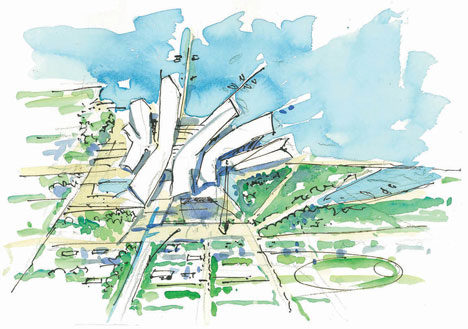
The design of the museum features five separate halls that spread out like a fan, each of which will be dedicated to a different aspect of China's marine heritage.
"We wanted to segment it, to stop it from becoming one very large object," explains Rayner.
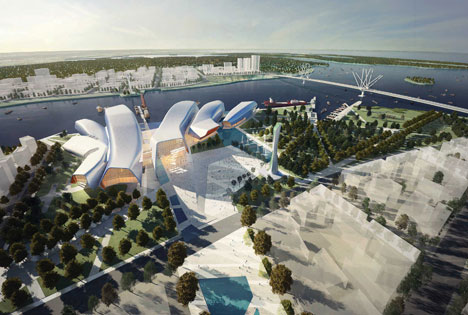
"The brief consisted of a series of different themes, so we felt there was a good reason to give each of those an identity. So the form you see in the plan was in part about giving them a distinction and then converging to show how each of those things might relate to each other."
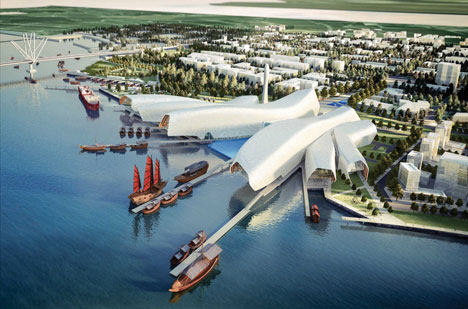
However, Rayner reveals that the exact form of the building is still evolving, as his team are having to redesign parts of the museum as they go to accommodate the different artefacts the Chinese government is acquiring to fill it.
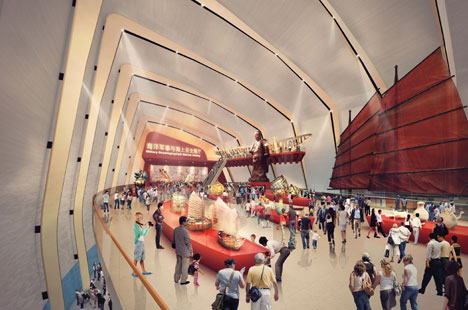
"Museums at that scale need about a million artefacts to occupy them, so the government has been very rapidly trying to collect elements to work in it," he says.
"So the design has had to adapt post competition to fit some of the things that are going to be in there. It has been an evolving process."
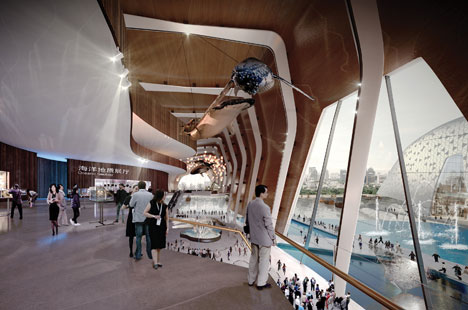
The design team are also up against a very strict timescale to finish the project, he says.
"The government announced that, no matter what, they wanted the project completed at the end of 2015, which in our terms is a record time to do a project," Rayner explains.
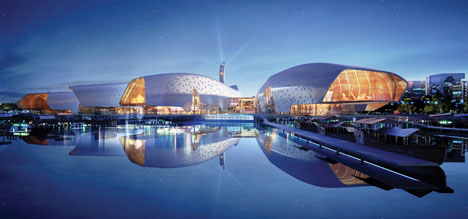
"They're about to start putting the piling in at the end of this month, so it's a very immediate kind of start but we've designed it in such a way that the piling and the main floor can be put in and we've still got plenty of flexibility to develop the curatorial brief as we go on."
"We're trying to dovetail the rapidity [that the client requires] with the quality that we want to get out of the project."
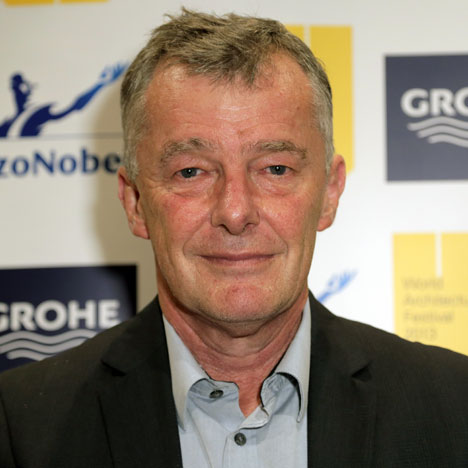
World Architecture Festival 2013 took place at Marina Bay Sands in Singapore from 2 to 4 October. Next year's World Architecture Festival will take place at the same venue from 1 to 3 October 2014. Award entries are open from February to June 2014.